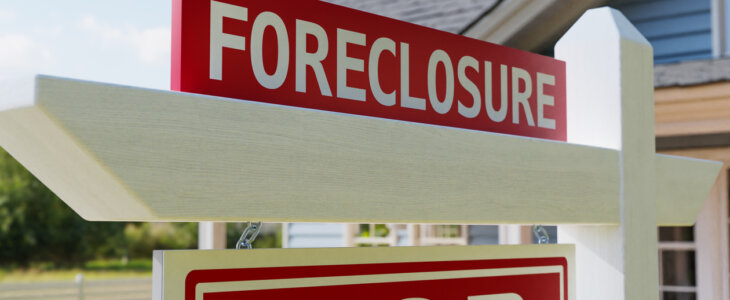A Chapter 13 bankruptcy is a repayment plan. Individuals and couples filing under Chapter 13 reorganize their debts into an affordable monthly plan. Filing a Chapter 13 bankruptcy can help you keep your house if you are behind on your house payments. Our Massachusetts bankruptcy attorney explains how Chapter 13 can help you keep your house in this blog.
What Is a Chapter 13 Bankruptcy Plan?
When you file a Chapter 13 bankruptcy case, you submit a proposed bankruptcy plan to the court. The plan outlines your plan to repay your debts over three to five years. Bankruptcy law requires debts to repay specific debts in full through their Chapter 123 plan. Examples of debts you must pay in full include most debts owed to the government and past due child support and alimony payments.
Most unsecured creditors receive a portion of the money owed to them, and the remaining amount is discharged when you complete your Chapter 13 plan. Creditors cannot try to collect a discharged debt. Examples of unsecured debts subject to a discharge include credit cards, personal loans, and medical bills.
Secured creditors have a lien on collateral that secures the debt. Examples include your mortgage and car loan. In most cases, these debts are paid outside of the bankruptcy plan. However, you can catch up on past-due payments through the Chapter 13 plan.
How Does a Chapter 13 Bankruptcy Help Me Keep My House?
When you file Chapter 13, past-due mortgage payments are included in the Chapter 13 plan. You must resume making the regular mortgage payments outside the Chapter 13 plan. The mortgage payments are caught up when you complete your Chapter 13 plan.
If you keep your mortgage payments current and pay your Chapter 13 plan, the mortgage lender cannot foreclose on your home. However, if you fall behind on future mortgage payments, the lender can ask the bankruptcy court to modify the automatic stay to allow it to proceed with a foreclosure action.
Getting Rid of a Second Mortgage in a Chapter 13 Bankruptcy Case
If you have a second or third mortgage, you may be able to get rid of the debt by filing Chapter 13. However, your home must be worth less than you owe on the first mortgage.
For example, suppose your home is worth $400,000, and you owe $450,000 on your first mortgage. You can file a motion to value a second mortgage at $0. If the court confirms your Chapter 13 bankruptcy plan, the amount you owe to the second mortgage company becomes an unsecured debt. The creditor receives the same percentage as other unsecured creditors. When you complete your Chapter 13 case, the remaining balance owed on the second mortgage is discharged and the lien is removed from your home.
Your second mortgage lender may object to the motion to value. If so, you must present evidence that the home is worth less than you owe on the first mortgage, such as a current appraisal.
Learn More About Saving Your Home From Foreclosure in a Massachusetts Chapter 13 Bankruptcy
A Chapter 13 bankruptcy case can help you get a fresh start and protect your home and other assets from being seized by creditors. Call Logan A. Weinkauf, P.C., to discuss filing a Chapter 13 case with an experienced Massachusetts bankruptcy attorney.

